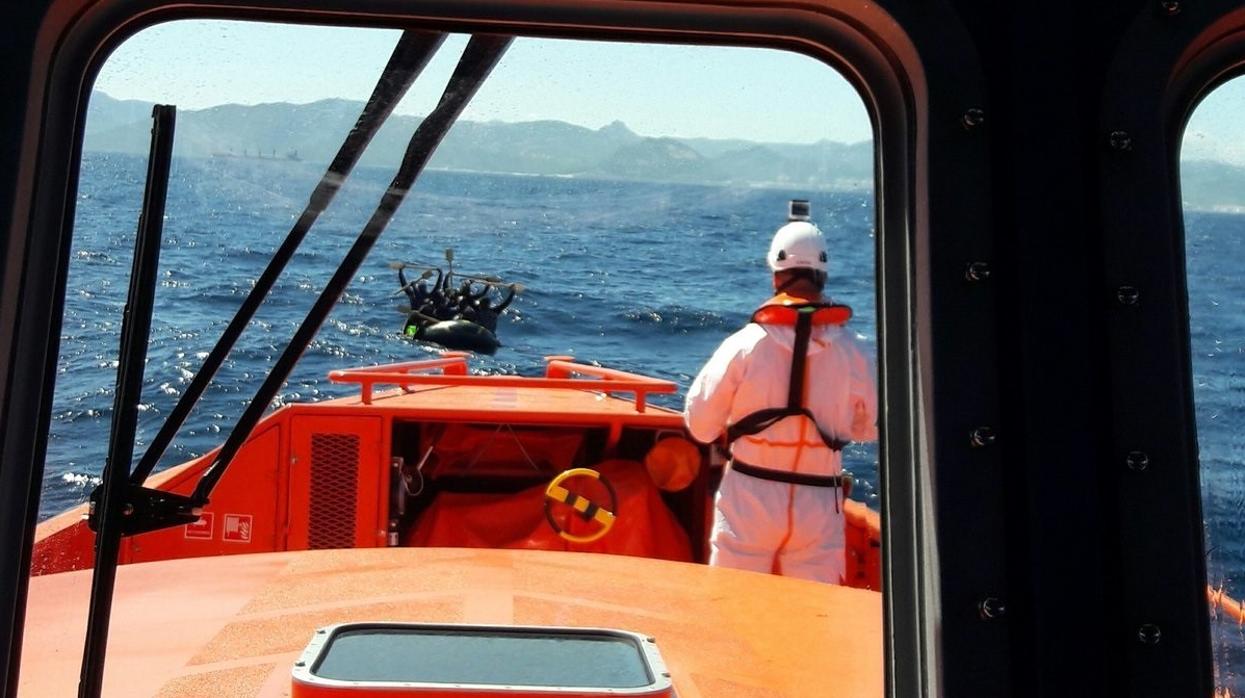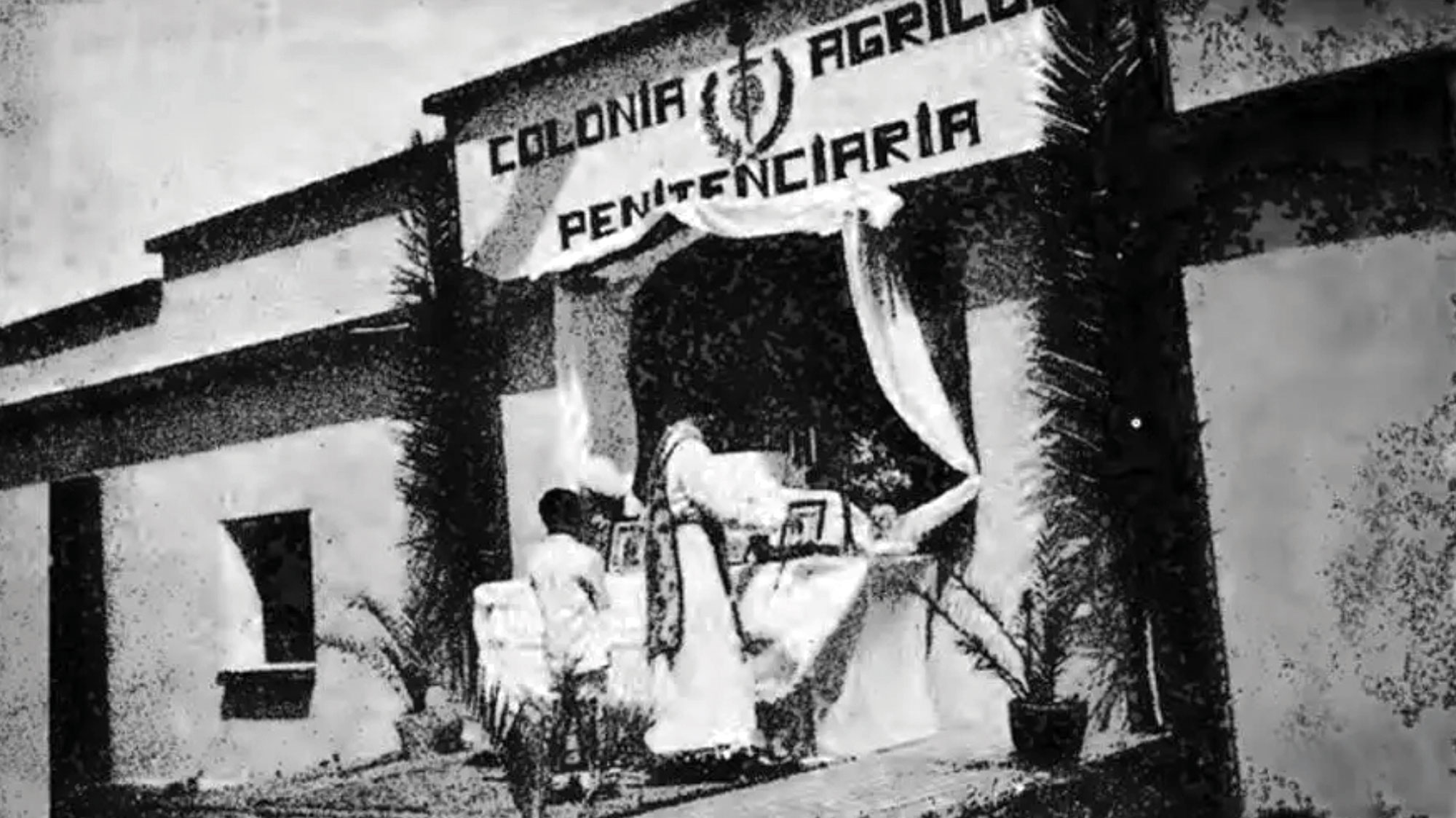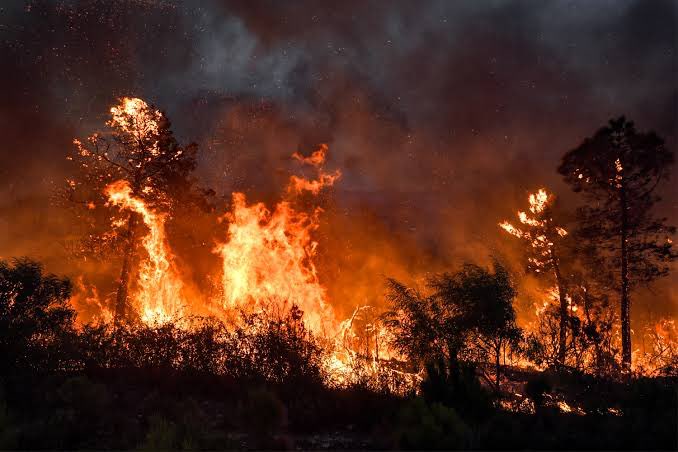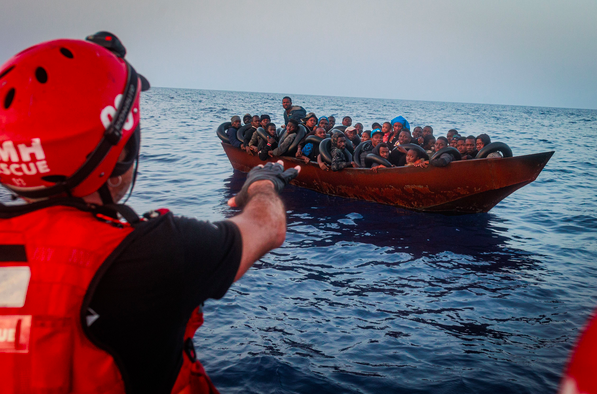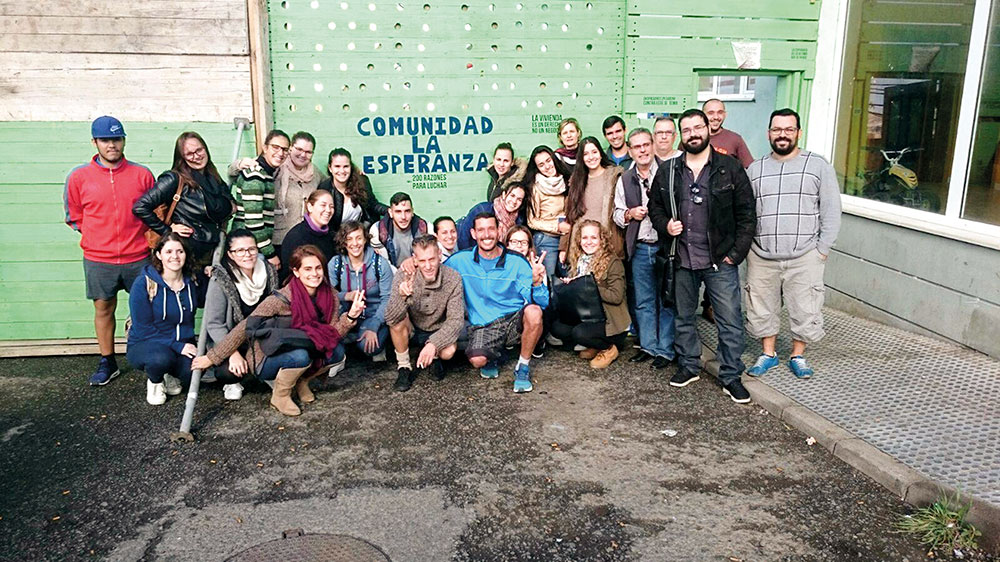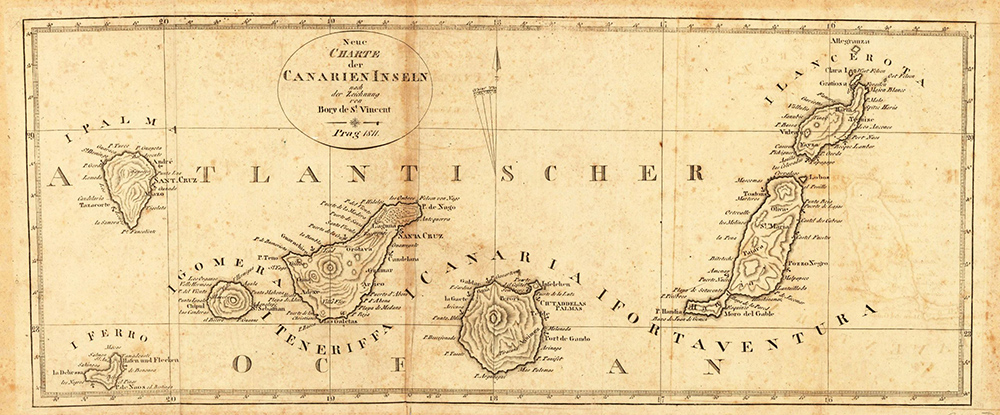230.000 migrants have arrived in the Canary Islands in the last 30 years and thousands have died at sea
- According to the NGO Walking Borders, last year 6,007 people died of suffocation on the Camino de Canarias, following the earthquake recorded. In 2023, a total of 39,910 migrants arrived in the Canary Islands. The President of the Spanish State, Pedro Sánchez, will meet in the coming days with the leaders of the Gambia, Senegal and Mauritania.

It is 30 years since the arrival of a migrant boat to Fuerteventura (Canary Islands). In an interview with Efe, former President of the Canary Islands Red Cross Gerardo Mesa stated that "not much progress has been made" in the reception of migrants since 28 August 1994, when two young Sahrawis arrived, and that "not much progress has been made".
“It could have been the first, second or fifth year, but we have long known what is going to happen, and we should have the resources to deal with those issues legally and meet international commitments and standards,” Bureau said. The former President of the Red Cross spoke to two Sahrawi migrants whom the young told him "the pressures they suffered from Morocco in the occupied territories", according to the half-time of the Canary Islands.
About 230,000 people have reached through the Canary Islands Route, one of the most dangerous and deadly in the world. In fact, according to the International Organization for Migration (IOM) in 2021, one in five deaths or missing in the world died in the Atlantic Ocean when they were heading to the islands, according to Public data. More than half (123,483) of the migrants arriving since 1994 have arrived in Spain as of 2020, according to data from the Spanish Ministry of the Interior. The highest number was recorded last year, when a total of 39,910 migrants arrived in the Canary Islands, exceeding the 2006 data. In 2006, the Spanish media described the increase of migrants as "cayucos crisis", as the arrival of 31,678 migrants to the islands was counted.
Los del Muelle, new form of migration in 2005
In early August 2005, the emergency service served a paddle boat near Agaet (Las Palmas de Gran Canaria) which was longer than the usual kick, according to Onda Fuerteventura in an interview. They began using the word "cayuco" to refer to the boats with which they operate in Mauritania and Senegal, ships capable of transporting 100 or 200 people at a distance of 1,300 kilometres, according to EITB. Compared to the migration data for the years 2005 and 2006, in 2006, an additional 26,963 migrants arrived in the Canary Islands.
As a result of this growth, the European Union invested millions of euros to curb migration and, in almost a decade, the figures fell considerably. Between 2010 and 2019, a total of 7,167 migrants arrived in the Canary Islands. As of 2020, both the flow of migrants from the Strait of Gibraltar to the Canary Islands and Covid-19 increased their numbers, according to the Canary Islands radio.
In 2023, an average of 18 deaths per day in the attempt to cross the border of the Spanish state
According to data collected by the NGO Walking Borders, 6,007 of the 6,618 deaths on the routes of maritime migration that took place in 2023 to access the Spanish State were on the Camino de Canarias. On the whole trajectory, the average number of deaths per day was around eighteen, while on the Camino de Canarias there were about sixteen deaths per day. The highest death rates were recorded in October of this year.
The NGO said that routes have multiplied by the most remote countries, such as Mauritania, Senegal or the Gambia. The President of the Spanish State, Pedro Sánchez, will meet in the coming days with the heads of these three states to "promote formulas that allow the humane, safe and orderly management of the migratory phenomenon", according to the Spanish Government.
The rescue patrols "caught them by surprise to prevent them from escaping."
Over the weekend, a Civil Guard vessel hit four migrants off the coast of Melilla. In the videos disseminated on social networks and media you can see how one of the migrants falls into the water after the Civil Guard boat passed over the migrant boat.
The former president of the Canary Red Cross spoke about the attitude of the rescue patrols when migration was a new phenomenon in the Canary Islands: “They were caught by surprise, so that they would not escape, as if they were drug traffickers; the lights came off and, when they were close, they would get on to surprise them. They were excited. After a long journey, they fell into the sea.
Tijarafe (Canary Islands), mid-14th century. When the first Catholic monks came to the area of the island of La Palma, the Awares, the local Aborigines, saw that they worshipped the sun, the moon and the stars.
And this has been confirmed by the archaeological campaigns carried... [+]
Fuerteventura (Canary Islands), 11 February 1954. The Agricultural Colony of Tefia was launched at the abandoned airport of the island, in the middle of the desert. After the euphemism of the agricultural colony, in practice, Tefia was a concentration camp known mainly for the... [+]
Afrikako Tarfalla herritik abiatu ziren txalupa batean Kanariar Uharteetako Lanzarore irlara iritsi nahian, zehazki Arrecife hirira, Caminando Fronteras GKEtik jakinarazi zutenez eta baliteke 27 pertsona abiatu izana. Gertaerak oraindik ez daude garbi, ezta zenbat pertsona... [+]








.jpg)
